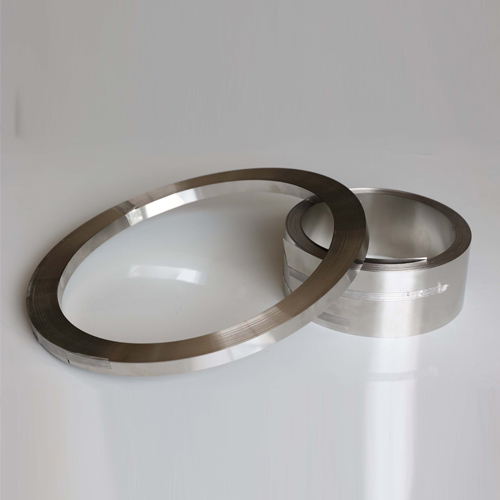- Phone:+86-17331948172 +86-0319-8862898
- E-mail: inquiry@puxingclamp.com
Oct . 13, 2024 09:49 Back to list
Firefighter Hose Clamp Manufacturing Industries and Their Key Contributions to Safety Equipment
The Importance of Firefighter Hose Clamps A Look into Manufacturing
Firefighting is one of the most critical professions in any society, tasked with protecting lives and property from the devastating effects of fire. The effectiveness of firefighters largely depends on the equipment they use, and among the most vital components of firefighting gear is the hose system. At the core of a reliable hose system lies the less-discussed but equally significant component hose clamps. This article delves into the manufacturing of firefighter hose clamps, highlighting their importance, production processes, and the future of their technology.
Understanding Hose Clamps
Hose clamps are designed to secure hoses to fittings, preventing leaks and ensuring the safe transfer of water and chemicals under high pressure. In firefighting scenarios, reliability is non-negotiable; a malfunctioning clamp can lead to catastrophic failure during critical operations. Therefore, manufacturing quality hose clamps is essential for maintaining the integrity of firefighting efforts.
Manufacturing Process
The production of firefighter hose clamps involves multiple stages, focusing on precision engineering and high-grade materials to withstand extreme conditions.
1. Material Selection The first step in manufacturing hose clamps is selecting appropriate materials. Manufacturers typically use stainless steel or other corrosion-resistant alloys due to their durability and ability to maintain integrity under high pressure and temperatures. Additionally, rubber gaskets may be incorporated to provide a tight seal and further enhance leak prevention.
2. Design and Engineering Following material selection, engineers design the clamps to meet specific industry standards. These designs must accommodate various hose sizes and configurations while ensuring a secure fit. Advanced CAD (Computer-Aided Design) software enables engineers to create precise models that improve the effectiveness of hose clamps.
firefighter hose clamp factories

3. Production Techniques Once the design is finalized, the manufacturing process begins. Techniques such as stamping, bending, and welding are commonly used. High-speed stamping machines can produce large volumes of hose clamps, maintaining consistency and quality across each unit. This efficiency is crucial, especially when responding to emergencies where time is of the essence.
4. Quality Control After production, each batch of hose clamps undergoes rigorous testing. Quality control measures include pressure tests, stress tests, and durability assessments. These checks ensure that every clamp meets safety regulations and performs optimally in real-life firefighting scenarios.
5. Finishing Touches Following quality assurance, clamps may receive finishing processes such as coating for additional corrosion resistance or branding to identify manufacturers. Proper labeling and packaging also play a role in the distribution process, ensuring that firefighters receive quality equipment.
The Future of Hose Clamp Technology
As with many industries, the demand for innovative solutions is driving changes in the manufacturing of hose clamps. New technologies, such as 3D printing, promise to revolutionize the industry by allowing for customized, on-demand production. This could lead to clamps specifically designed for unique firefighting situations, improving overall safety and efficacy.
Additionally, developments in smart technology are making their way into firefighting equipment. Imagine hose clamps that are equipped with sensors to monitor pressure and alert firefighters when a hose is at risk of failure. Such advancements could significantly enhance firefighter safety and operational efficiency on the scene.
Conclusion
Firefighter hose clamps may seem like a small component of the larger firefighting apparatus, but their importance cannot be overstated. As manufacturing techniques evolve and new technologies emerge, the production of these essential tools will continue to improve. By focusing on quality, durability, and innovation, manufacturers can help ensure that firefighters are equipped with the best tools to save lives and protect communities. The work done in hose clamp factories is not just about creating a product; it is about crafting reliability and safety in the face of one of humanity's most fearsome threats.
-
Large Stainless Steel Adjustable American Type Hose Clamp - Hebei Pux Alloy Technology Co., Ltd
NewsAug.02,2025
-
Large Stainless Steel Adjustable American Type Hose Clamp - Hebei Pux Alloy Technology Co., Ltd
NewsAug.02,2025
-
Large Stainless Steel Adjustable American Type Hose Clamp-Hebei Pux Alloy Technology Co., Ltd|Corrosion Resistance, Adjustable Design
NewsAug.02,2025
-
Large Stainless Steel Adjustable American Type Hose Clamp-Hebei Pux Alloy Technology Co., Ltd|Corrosion Resistance, Adjustable Design
NewsAug.02,2025
-
High Quality Precision Stainless Steel Strip - GPT-4-Turbo Grade
NewsAug.02,2025
-
Heavy Duty Hose Clamp | Premium Durability & Security
NewsAug.01,2025




